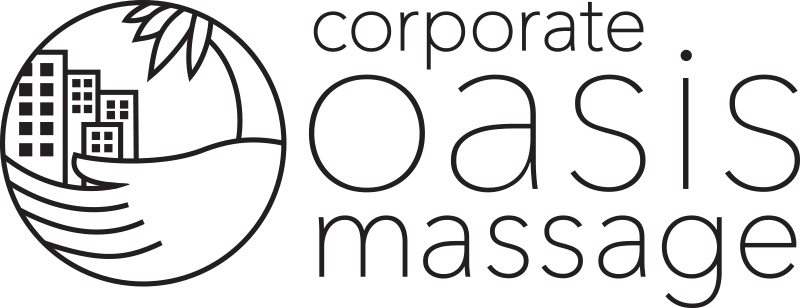While you’re sitting at your desk, reach down, and find your calf muscle. That should be easy to find since you know what you’re looking for. Now continue to move your hand down the back of your leg, toward your heel, until you find a thin, firm connection near the back of your ankle. This feels like a soft bone, but you might know that this is your Achilles tendon. But many of us aren’t familiar with tendons – what they are, what problems they can have, or how to treat them.
Fundamentally, tendons are fibers which connect to your muscles and create movement. Over time, your body grows and develops, and what was once muscle fiber becomes tendons. The tendons then attach to the bone to create structure and movement.
When your brain tells a part of your body to move (like when you’re moving your computer mouse, walking to the copier, or typing on your laptop), the nerves then relay that message to the muscle. Your muscles contract, pull on the tendons, and then the tendons pull on the bone, which acts as the support structure for everything.
What are Tendons Made of?
There are four categories that every bodily structure component will be labeled as: epithelial tissue, muscle tissue, nervous tissue, or connective tissue. Tendons are connective tissue.
While tendons were originally a part of the muscle, their makeup is different. Muscles are made mostly of elastin, and tendons have very little. And that means they don’t have the same ability to stretch like muscles do, which is why they have a higher tendency to tear.
So tendons, which are a fibrous connective tissue, are much more similar to ligaments which are mostly made of collagen. Collagen fibers are powerful and flexible, which makes tendons much stronger than the elastin in muscles. This extra strength also makes them more durable, and they can withstand a lot.
Tendons are the steel cable systems of the body because they’re made of such a high percentage of collagen which intertwines together like braids. But that doesn’t mean they’re indestructible.
The Problem with Tendons
Tendonitis
While tendons are quite strong, problems can still pop up. Overuse causes the most common issues.
Some typical symptoms of a tendon injury are:
- An increase in pain level with tendon use
- Stiffness or pain when you wake up for the day
- An experience of tenderness, swelling, heat, or redness around the injured area when you have inflammation
- Experiencing a “crunching” sound or feeling
As a protection, a secure coating covers the tendons – think like the rubber around the wires powering your computer. But unlike your computer wires, they grow with use. If you do the same movement over and over again, they can grow too much. This causes the tendon to overdevelop and rub against their covering. For example, think about your mouse habits or reaching for paper repetitively in a stack that’s just out of reach. When this happens, you experience inflammation and pain, which we refer to as tendonitis.
Strains and Tears
Tendons can also rip, but you’re not likely to experience this with regular office activity. You can lose much of your normal range of motion with a strain like this. And you also may be down for a while as the healing process is slow.
Tears occur through traumatic injuries to the tendons:
- Sudden impact
- Quick starts or stops, especially without warmups
- Abrupt movements
So a tendon strain or tear is not likely to happen in a regular office setting, it can, however, happen through an accident. It’s also more common with warehouse and shipping activities.
Treatment for Tendons
A majority of tendon injuries can be treated with ice over the course of 2 days and following up with your doctor. After, you should continue treatment through massage.
The overall goal is to restore movement without unnecessary pain and without losing muscle strength. A massage therapist will work to increase circulation near the injury to incite healing. He or she may also provide you with some moderate stretches to do on your own, so you can keep strengthening the area.
Rest is a significant part of treatment, as well. If you try to do too much too quickly, it’s possible to completely tear the tendon or end up with tendonitis for the long run. So it’s essential to rest and treat your injury, and then you can return to work tasks slowly over time. Doing too much too quickly (like lifting heavy boxes or continuing to put stress on the injury with repetitive actions) can slow or even add strain to the healing process. And if that happens, you can negate any healing you had achieved.
Of course, if your tear does worsen or does not seem to heal with a regimen of ice, anti-inflammatories, rest, and massage, you may need to consider surgery. And if that’s the route you need to take, once your doctor has cleared you, massage is very helpful during post-op recovery.
If you’re suffering from tendonitis or another tendon injury, we can help. And if your injury is due to a work-related or vehicular accident, you’re in luck. We are a BWC provider, and insurance companies in the state of Ohio recognize massage as a form of treatment after a collision. And if you have an HSA, we accept that as well. Reach out to us to schedule a therapy session to get you back on the track of healing.

